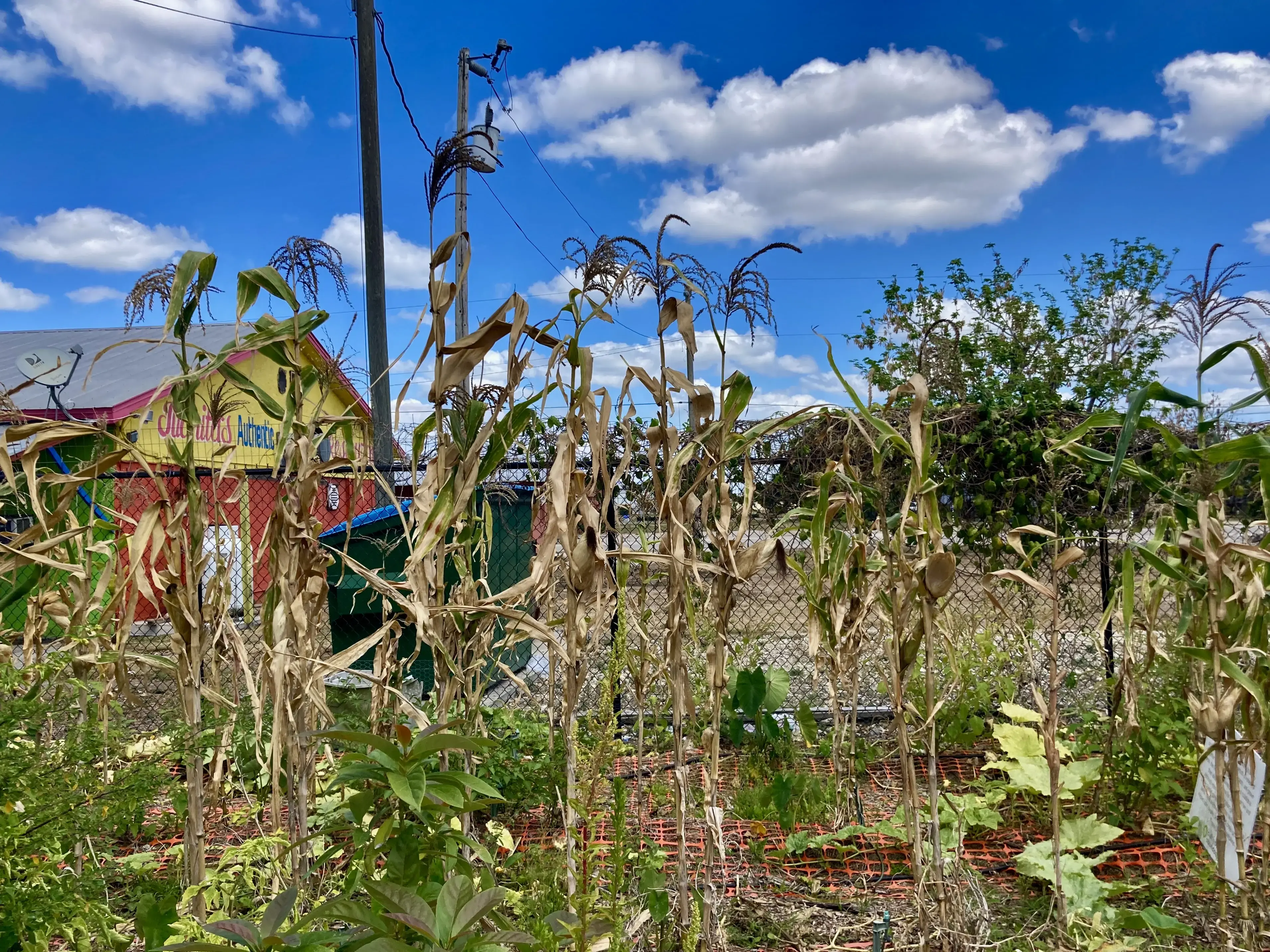
This is an excerpt of an article originally published on Civil Eats' website. Click here to read the article.
Adela Martinez is a seasonal farmworker living in Immokalee, Florida—the nation’s “tomato capital.” The following responses have been translated from Spanish, and they touch on many of the same themes as a longer Civil Eats feature on community responses to food insecurity in Immokalee.
Where do you and members of your community access food? How do challenges in access shape daily life?
Here in Immokalee, the [farms] primarily grow a lot of vegetables: tomatoes, chiles, cucumbers, and fruits in some areas as well. The growers bring them to a market area, and I buy food there when I don’t go to Walmart or Sam’s [Club]. Although I could buy food somewhere nearby, I [often] go further. I usually look for the place with the most affordable prices.
There are places that give out food, like vegetables, noodles, and rice. I look for food in the most affordable places because I don’t have a steady job. I’ve used coupons; I’ve used everything that I have at home so that I don’t waste anything. It’s also difficult for people who live far away from the places that donate food. Although they might want to go, sometimes they can’t drive, it’s very hot outside, or they have small children.

As a nonprofit journalism organization, we depend on your support to fund more than 170 reporting projects every year on critical global and local issues. Donate any amount today to become a Pulitzer Center Champion and receive exclusive benefits!
How has your access to food changed since the pandemic, and did changes in SNAP allowances impact you?
It’s a truly great help. There was an increase twice, and I didn’t want to spend it just anywhere. I had to look at what I bought and get what was affordable. In the small stores here, I have noticed that a single banana can cost you $1, but in Walmart, you can get lots of bananas for $1.50. [SNAP assistance] is very helpful for me. Now they don’t give as much, but it’s something.
I always try to economize what I can in every way. During the pandemic, things weren’t like they are now. Sometimes [the assistance] was enough for me to buy everything for two weeks—meat and lots of fruits and vegetables. But now, it’s not. I go to Walmart to buy what I need, and I sometimes spend $250 or $300. Sometimes I get extra things, but with this [reduction] and the lack of work here now, you don’t have the luxury of buying what you want. You think about everything: your rent, phones, and many things. Now I don’t buy anything like $250 or $300 worth of food. What they give me now [in assistance] for a month lasts me one week.
What are some potential solutions to improving food access in Immokalee?
The Cultivate Abundance community garden is a blessing for me. When I wasn’t working, we would go there to help, and they would give us herbs and other things. For me, that’s a lot, because in reality, if you go to the store, you spend $5 or $6 on herbs—for cilantro, for a cabbage. If [they were] able to do [the gardening] on a larger scale, it would be a great help for many people. The store owners take advantage of people who don’t have a car to get to more affordable stores. If there was a place that could help harvest more vegetables and fruits, that would be [helpful].
These interviews have been lightly edited for length and clarity.






